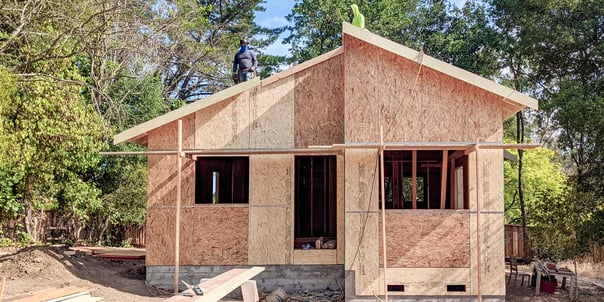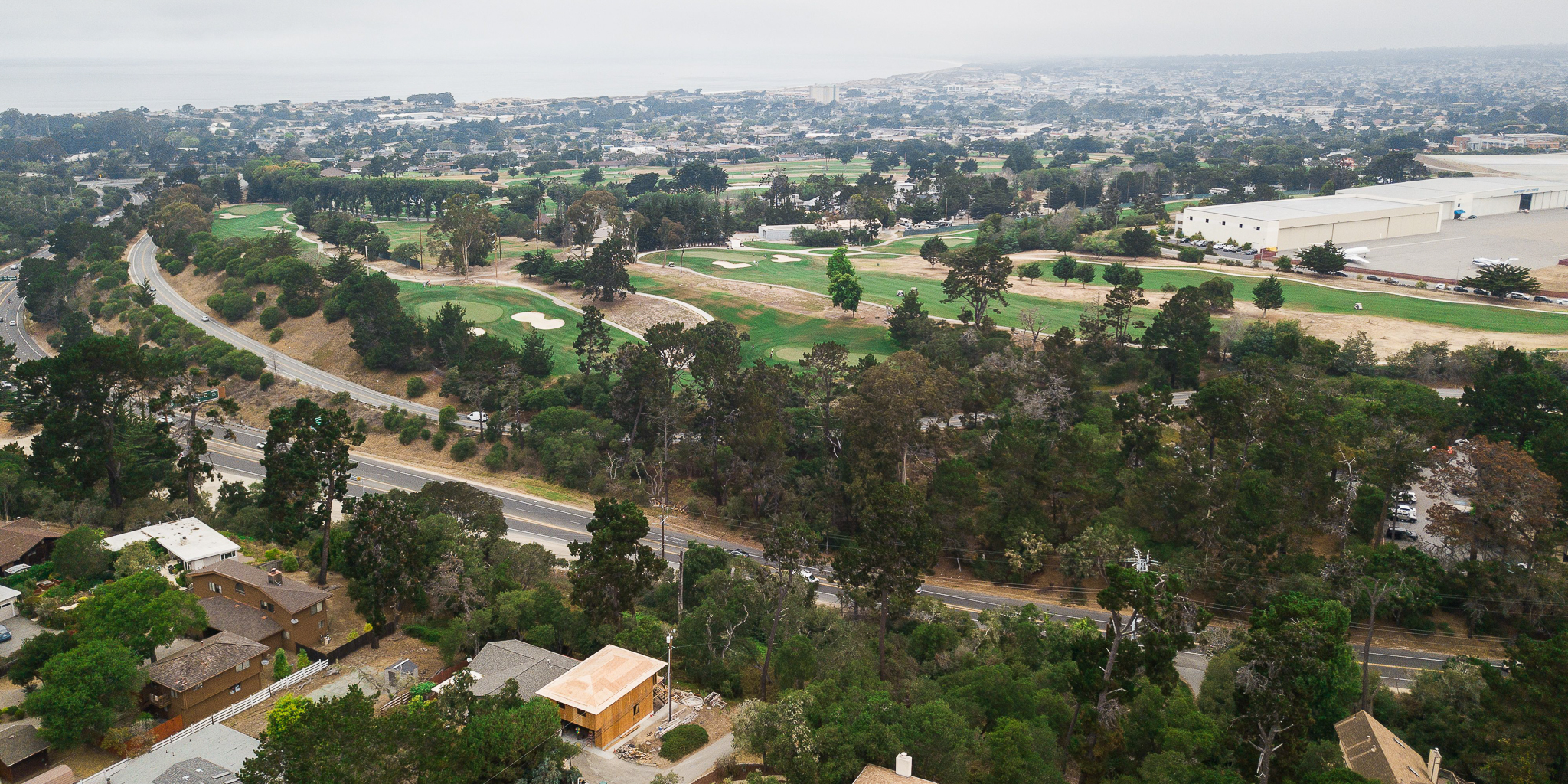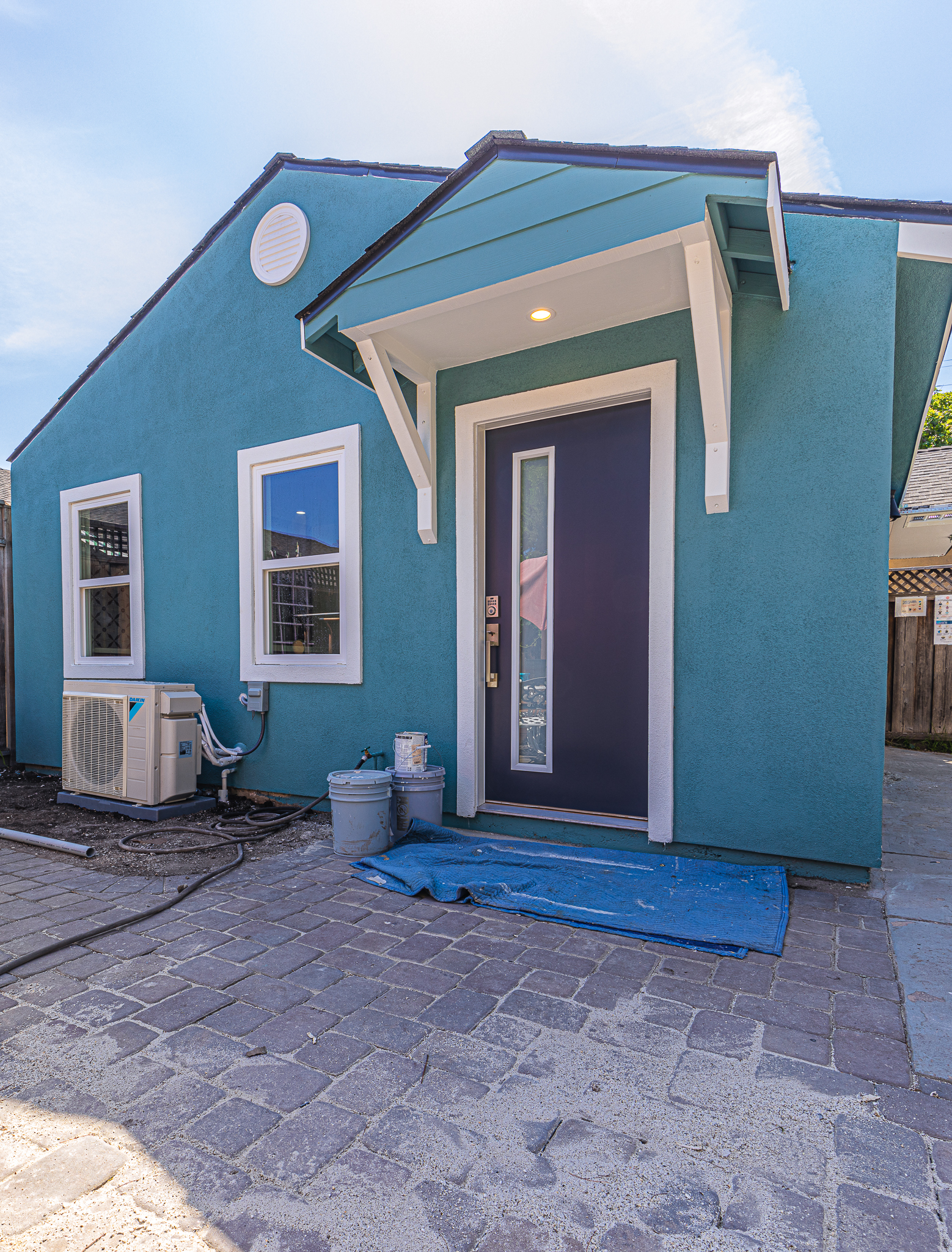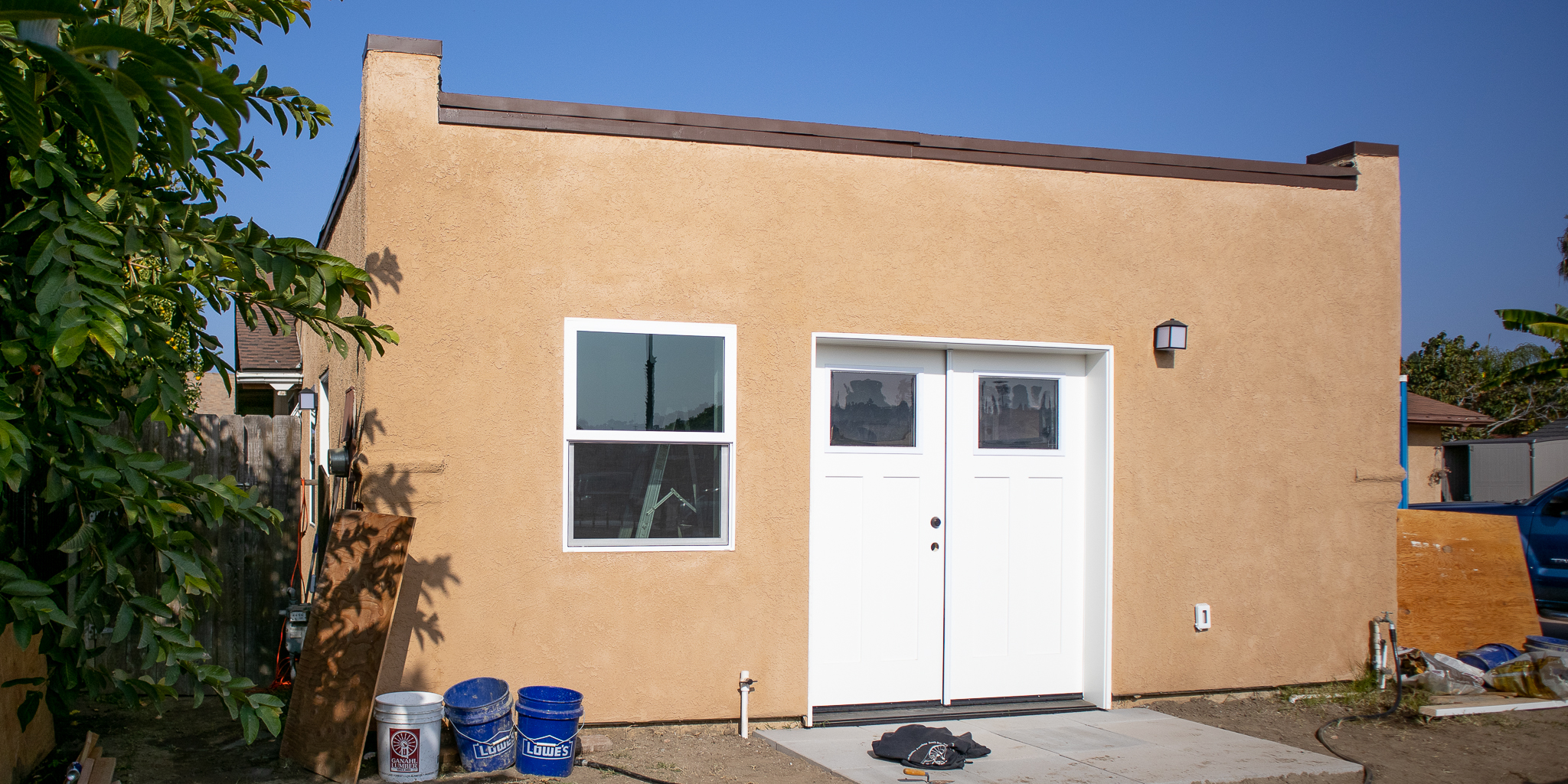California Senate Bill 9 Changes Nature of Single Family Development
Affordable Housing Shortage Prompts California Senate to Update California Residential Zoning Laws
California single family home prices, like most major markets in the United States, have increased steadily since the housing market crash of 2008. This, along with the decrease in available affordable housing inventory and an increase in residents, has led to an affordable housing crisis in most of California's urban areas. In response to the affordable housing shortage, Governor Newsome approved Senate Bill 9, or SB9 for short, on September 16, 2021 with overwhelming Senate approval.
The bill confirmed a cities requirement to allow for at least two residences that meet all local standards on single family zoned lots with the additional unit to be approved without the discretionary review. In other words, when a homeowner with an existing home wants to add a second unit as either an ADU or a duplex, and they aren't located in a region with additional safety, environmental, or cultural restrictions, they can add this unit by right so long as the proposed home meets the underlying zoning ordinance.
What SB9 does and doesn't allow

ADU Designed by Housable in Walnut Creek
The goal of SB9 was to encourage affordable housing development and as long as the proposed home doesn't include demolition or alteration of housing subject to recorded covenants, restrictive ordinances, or rent control, and doesn't include the demolition of more than 25% of exterior structural walls, then chances are that development will get the approval of the local municipal planning and building department.
SB9 also allows residential landowners to split a residential lot, even if the city they reside in maintains a minimum lot size, so long as neither resulting lot is smaller than 1200 square feet and that one lot is no more than 60% larger than the other. There are also requirements for the landowner to reside in one of the residences for at least three years and the split doesn't result in the demolition of any protected housing such as historical properties or low income residences, as well as properties that have been renter-occupied in the prior three years.
Other recent laws support the effort to increase affordable housing in California
While SB9 is getting a lot of attention for its perceived sweeping changes to the nature of single family zoning, the California Governor also signed 31 new bills into law that among other things focus on streamlining the permitting process and increasing local affordable housing inventory. The new laws were drafted with bipartisan support of the $22 billion housing affordability and homelessness package in response to the homelessness crisis with the goal of creating 84,000 new affordable homes 44,000 of which focused on new housing units and treatment beds for people exiting homelessness.
SB9 and the other 31 bills recently signed into law aim to reduce the cost of California housing by increasing inventory, decreasing red-tape, and requiring local municipalities to address the housing crisis. Looking deeper into the housing shortage, let's take a look at the data.
Housing Shortage - By the Numbers
While housing price volatility is normal for the market, the post 2008 housing market experienced an increase in the median home price volatility. This volatility was on a steady upward trend that spiked in March of 2020 as life shifted for most people as a result of the pandemic. Home sales increased, and the median price almost doubled from pre-2008 peaks with many homes selling for hundreds of thousands over their asking price.
.jpg?width=880&name=California%20Home%20Sales%20Data%20(1).jpg)
A local perspective - San Jose
San Jose home values have more than doubled since 2011 to just over an average of $1,250,000 as of 2020. This, coupled with a shortage of available vacant residential land for new development, has led to a housing shortage for low and middle income residents. Of the 1500+ residential building permits issued in 2020, only 600 were for affordable apartments. Of those, just over 300 were for ADUs.
In order to afford the average rent for a 2-bedroom apartment of $2,652, renters need to make over $100,000 per year, and buyers need to earn twice that, something that only 20% of San Jose residents can afford to do. In part because of the high price of housing and in part due to people desiring to leave cities in 2020, vacancy rates in San Jose increased from 4.5% to 7.4%. To make it easier for homeowners to build an ADU and meet the city's need for affordable housing, the city planning office offers an express-lane service, which allows for pre-approved designs to be approved in as little as one day. The city is also exploring a $5 million public financing program, which will lend to homeowners at low-interest rates to encourage new ADU development.
A local perspective - Los Angeles
Los Angeles home values have risen over 40% from 2015 to 2020. ADUs generate passive income for a homeowner and build equity, as well as an affordable housing option for renters. ADUs with 1-2 bedrooms in your backyard can increase a property’s value by 10-30% within Los Angeles city limits.
In 2020, LA rent prices for an apartment increased 5% since 2019, from $2150 to $2500. Nearly 60% of LA residents spend over 30% of their budget on housing. ADUs can be rented out to tenants, creating an opportunity for additional or supplemental rental income while at the same time providing much needed affordable housing. Homeowners can earn about $1,950 a month for a 1 bedroom ADU and about $2,750 a month for a 2 bedroom ADU in passive rental income.
Key Take-Aways for SB9
Local governments are now obligated to create more than 2.5 million units statewide, double their previous obligation. This is likely to continue the trend of increasing density through in-fill and new affordable housing development. Along with a reduction in red-tape for new affordable housing projects through new supportive legislation, SB9 will likely increase housing development opportunities in an industry already seeing a boom from pandemic related life-changes.


